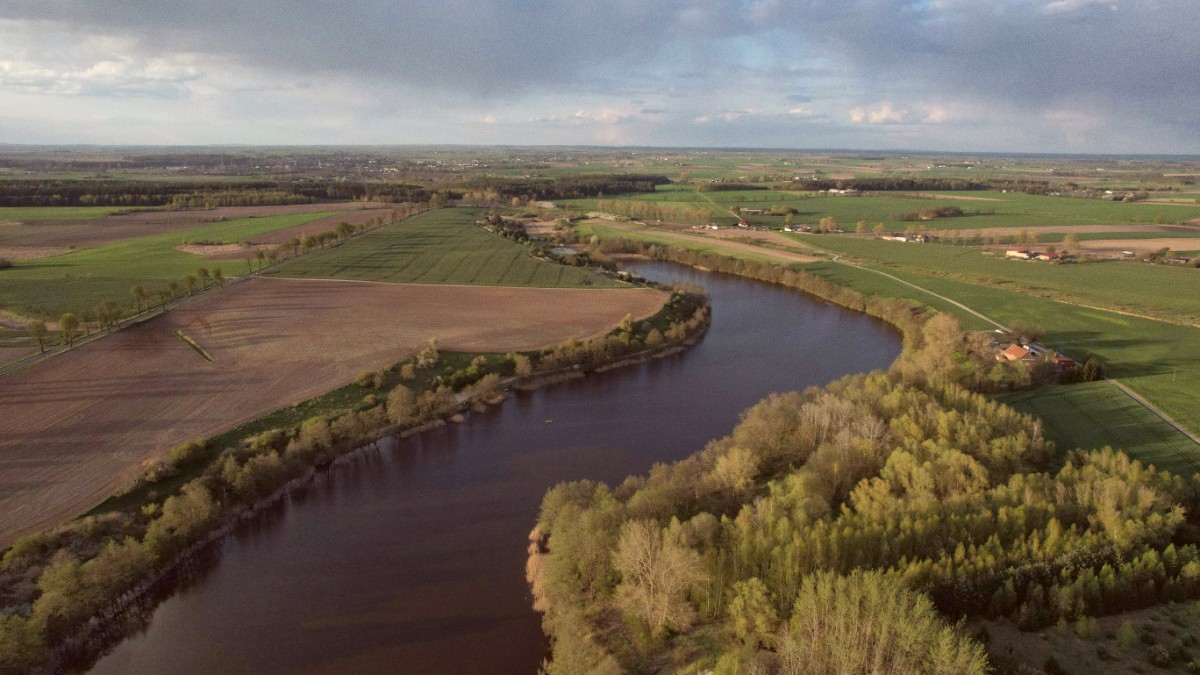
England, UK
Imagine gliding silently through reeds, spotting a kingfisher flash by, or mooring at a traditional riverside pub for a pint and a meal. The Broads provide this and more, a perfect blend of peaceful natural beauty and engaging local culture. This guide outlines the discovery of the spirit of this unique destination, from its formation centuries ago to the practicalities of planning your visit today. Prepare to uncover a truly tranquil corner of England, a place where history, nature, and relaxation come together.
The Norfolk Broads are not entirely natural. They were formed over centuries by medieval peat diggings. In the 12th century, locals began cutting peat for fuel. As the sea levels rose and the climate shifted, these excavations filled with water, creating the interconnected system of broads (lakes) and rivers seen today.
This man-made origin showcases how human activity can shape, and later be shaped by, the environment. What began as an industrial necessity transformed into an ecological and recreational treasure.
This area, covering over 125 miles of navigable waterways, sits within the counties of Norfolk and Suffolk. It stretches from the historic city of Norwich in the west to the coastal towns of Great Yarmouth and Lowestoft in the east, and extends north towards Stalham and south to Beccles. The landscape is mostly flat, a mosaic of reedbeds, marshes, woodlands, and open water, punctuated by picturesque villages and iconic drainage windmills.
The Broads hold a quiet but deep historical significance. Beyond their formation, these waterways served as major trade routes for centuries. Wherries, the traditional sailing barges of the Broads, once transported goods like coal, timber, and agricultural produce, connecting inland communities with coastal ports. Fishing, reed cutting for thatch, and milling were other industries that shaped the local way of life. The many churches dotted throughout the villages speak to a long-standing human presence.
Expansive network for navigation.
Ideal for walking and cycling.
Reedbeds, marshes, woodlands.
Historical drainage structures.
Interaction with North Sea tides.
Today, while commerce has largely given way to tourism, the echoes of this past remain in the traditional boatyards, the preserved wherries, and the ancient ruins like St Benet's Abbey. The area's history weaves into the very fabric of its landscape and communities.
A visit to the Norfolk Broads offers a blend of activities. It presents a place for boating, whether you choose a multi-day cruiser or a simple day boat. It is a haven for wildlife watchers, with rare birds and animals thriving in its protected reserves. Walkers and cyclists encounter a network of paths through peaceful countryside. Picturesque villages with inviting pubs and historic churches provide charming stopping points.
It ranks as a destination for those seeking a tranquil escape, a connection with nature, and a taste of traditional English rural life, all at a slower pace. It is about the quiet beauty of the waterways, the richness of its wildlife, and the relaxed pace of life. It creates an opportunity to disconnect from daily pressures and reconnect with nature.
This guide helps you plan every detail, confirming a fulfilling and enjoyable visit to this truly special part of England.
Boating is the most popular way to experience the Broads. Visitors hire a wide range of motor cruisers, suitable for couples, families, or groups. These boats include living quarters, allowing for a mobile holiday where your accommodation moves with you. No prior boating experience or special license is a condition; hire companies provide comprehensive instruction before you set off. This ease of access welcomes everyone to the waterways.
Moorings exist at various points along the rivers and broads, including free public moorings, private marinas, and alongside riverside pubs. This freedom to explore at your own pace, stopping where and when you like, shapes the Broads boating experience.
Hire a motor cruiser; no license needed. Moor at pubs or public spots.
Spot rare birds, otters, and Chinese Water Deer in diverse habitats.
Enjoy flat walking and cycling paths, linking charming villages.
Beyond the water, the Broads are a paradise for nature lovers. The diverse habitats of reedbeds, fens, and woodlands sustain a wealth of wildlife. Birdwatchers find the area rewarding, with opportunities to spot rare species like Marsh Harriers, Bitterns, and Kingfishers. In winter, migratory birds arrive in large numbers.
Known as the "Capital of the Broads," with shops, restaurants, and boat hire centres.
Recognised for its picturesque riverside setting and popular pubs.
Important centres for boaters, offering provisions and services.
A highlight, offering hearty meals, local ales, and welcoming atmospheres.
Expect classic fish and chips, Norfolk sausages, and fresh seafood like Cromer crab.
Popular on hired boats or in cottages, using local produce from shops and markets.